This week we interview Rolf Papsdorf, CEO of Zolair, a Vancouver-headquartered company. Mr. Papsdorf spent over 40 years in South Africa. The company spent the past 14 years developing Zinc Air Fuel Cell technology.
This patented technology is now ready for the electrification of rural areas around the world. The company is making waves with its Zinc Air Fuel Cell technology which is claimed to be more powerful and reliable than the current solar battery systems on the market.
Our team at Sinovoltaics thought it’s interesting to learn more about this technology! This interview was conducted by Dricus.
Zolair: Micro Energy Supplier
SINOVOLTAICS:
Having worked in the solar energy industry for many years, we mostly follow companies that specialize in solar energy technology and use these technologies to try to solve our current energy crises and electrify the part of the world that still lacks electricity.
However, when reading about your company’s technology, it’s clear that your approach only relies for a small part on solar energy and is mainly built around the Zinc Air Fuell Cell technology with replaceable cartridges. Can you explain more about this technology and its advantages?
ROLF PAPSDORF:
Zolair is a Micro Energy Supplier: it supplies constant, reliable power to its end consumers. The energy is produced with the Zinc Air Fuel Cell cell. Our most popular product is the Pila-1. This model supplies 4,000 Watt Hrs and lasts on average 4 to 6 weeks, depending on the user’s consumption.
Each Pila system is connected through the local telecommunication network to a nearby service station. To make sure the user always has sufficient energy, the Zolair Pila unit communicates automatically with a nearby service station and notifies when the Zinc cartridges need replacement. The service agent will then come by to replace the Zinc cartridges. Our customers only pay for the energy, they don’t own the physical Pila-1 unit.
If they start consuming more, we can exchange the current system with a larger model. This exchange is free of charge and will directly give them access to more electricity.
As soon as people have access to energy, they start using more
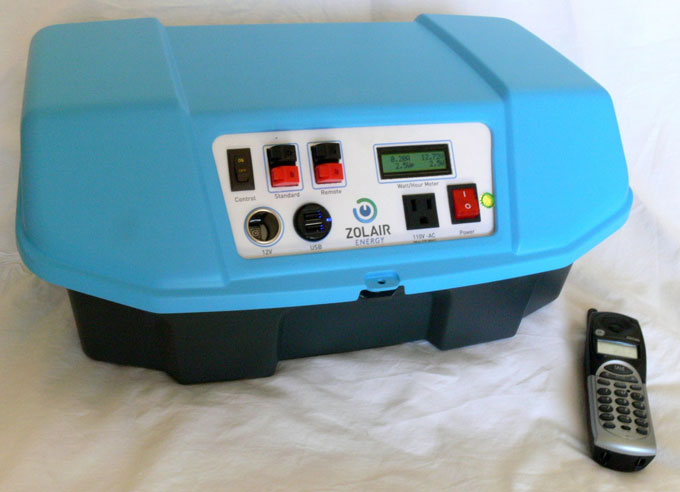
Zolair Pila-1 – Zinc Air Fuel Cell energy system
Zinc Air Fuel Cell: Zinc as a fuel
SINOVOLTAICS:
You use Zinc as fuel. Why Zinc?
ROLF PAPSDORF:
Zinc is an abundant element in the earth’s crust. It’s available all over the world: every large country is mining Zinc. Zinc is affordable and has been fairly stable in price over the past 25 years. Zinc is one of the few metals that can be recycled: it can be won from Zinc Oxide.
In Africa, we sent the Zinc Oxide back to the mines where it’s converted back to Zinc. The final result is Zero Waste. Another popular application of Zinc Oxide is its usage in the fertilizer industry.
How can we empower people to slowly reach a higher standard of living? How can we help them?
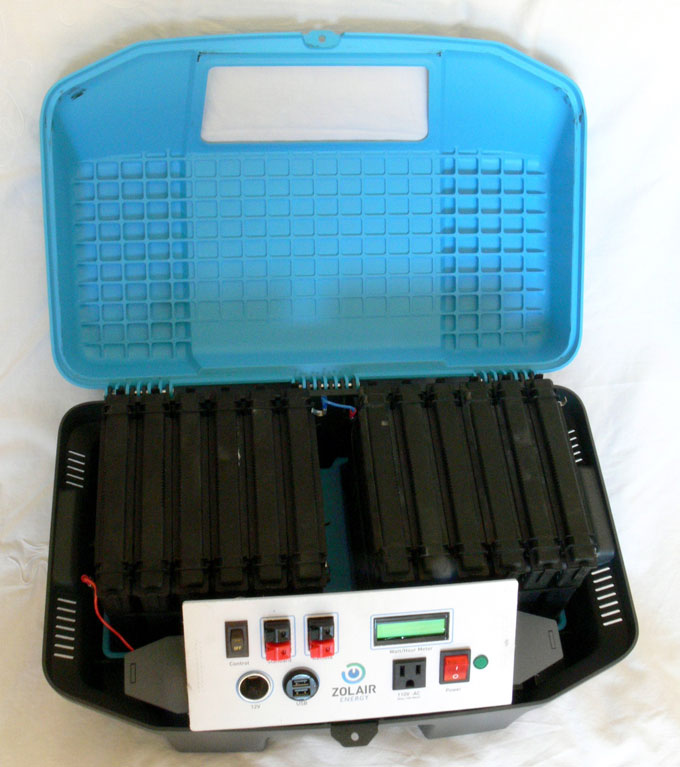
Zolair Pila-1 – Zinc Air Fuel Cell – Cartridges
SINOVOLTAICS:
How are your systems refueled?
ROLF PAPSDORF:
When Zolair enters a country, multiple Service Centers are set up. These Service Centers can function as franchises. When the system of a nearby user reaches 80% discharge, the service station is automatically notified and the Zinc cartridges are swapped free of charge. The Service Centers are able to refill the Zinc cartridges and also collect the Zinc Oxide for recycling. Each service center is a business by itself and creates employment.
Pay-as-you-go energy
SINOVOLTAICS:
How are the consumers in developing countries paying for this system?
ROLF PAPSDORF:
Our systems are financed by Micro Credit Institutes (MCI’s). The end user pays a small introduction fee and then starts to pay for the energy they consume. ‘Pay as you Go Energy’ is of course nothing new: here in the Western world I also don’t need to own the power stations! Similar to that, our customers don’t own the systems, and solely pay for the energy they use. When they start consuming more, we can supply them with a larger model, exchange it free of charge and give them access to more electricity.
We’re not selling Fuel Cells, we’re simply selling the energy that our users are using.
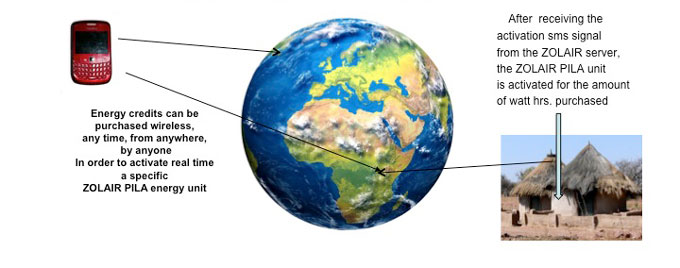
Pay-as-you-go system: the Zolair units get activated by a mobile phone from anywhere in the world and can therefore be used by sponsors to pay for energy to a deserving household.
Zinc Air Fuel Cell vs Solar battery systems
SINOVOLTAICS:
Currently, there are several companies and NGOs selling small solar battery systems in the developing world. Isn’t solar energy technology a better way to power rural areas?
ROLF PAPSDORF:
The major disadvantage of the small solar battery systems is that it only provides energy for some lights and perhaps a radio. People in rural areas have a tiny budget. When they start spending their money on a small solar battery system, they’re locked in for years and they won’t get access to anything else. The only ones helped here are the companies that sell these systems.
There are large micro-financed companies that are taking money from the poorest of the poor for their own financial gains. It’s a big ripoff. To give you an example:
there’s a large company selling solar battery systems. They demand a USD 35 deposit, which covers the initial cost of equipment that they supply. So without any risk, they’re making USD 0.45 per day. At the end of the day, they charge USD 180 for equipment which you can buy in the shop for USD 35.
The problem with small solar battery systems is: that people don’t just want to charge their phones, they want to improve their overall quality of life and earn a disposable income. Enhancing people’s lifestyle is not done by selling a product that A) won’t last for a long time in any case, and B) is inferior to meeting their real energy needs.
Zolair’s solution is offering the service of a constant, reliable energy supply. People only pay for the energy they use, and they get access to as much energy as they need.
End users don’t care if they own the power stations, they want reliable energy supply.
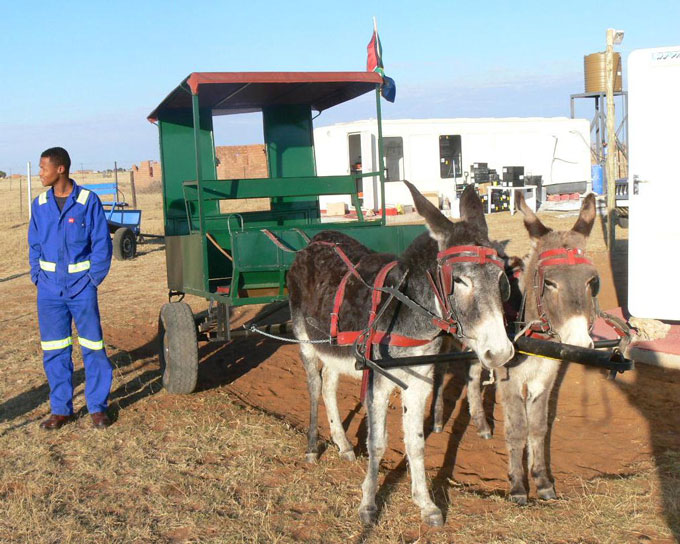
Zolair – Service Center for the replacement of Zinc cartridges
SINOVOLTAICS:
Don’t you believe that a small, central solar energy system with a microgrid is a good solution to power a village?
ROLF PAPSDORF:
Yes, it’s a possibility, and I’ve seen several of these systems in Southern Africa. Unfortunately, many of these fail. A difficult question to answer is: how do I know how much each end-user really needs? In the first place, it’s very hard to predict how to size such a system.
From my experience, I know that as soon as people have access to energy, they will start using more. They’ll start with lights, a radio, and soon will need a fridge, TV, computer and more. Therefore a fixed-size system will not meet their demands in the long term.
Zolair supplies the energy they consume. If the end-user starts using more, we’ll supply them with a larger unit, safely stored inside their home. Wireless systems are key in rural areas: a major disadvantage of central solar energy systems with microgrids is the theft of copper wiring and the mis-use of illegal energy taps. These are both very common in rural areas and can not be underestimated.
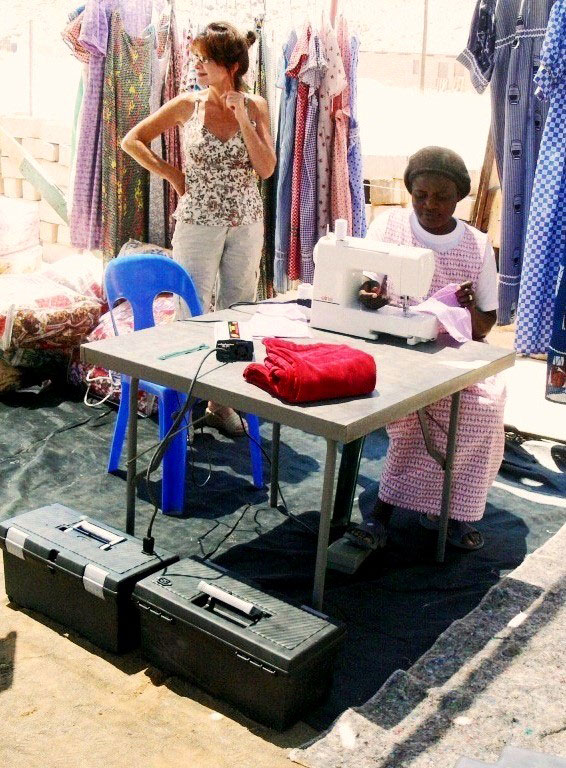
Zolair Pila1 – Electricity used for a sewing business
Energy to create a disposable income
SINOVOLTAICS:
How can your systems provide a disposable income to their users?
ROLF PAPSDORF:
Our system will provide the end user with as much energy as they need. Instead of being limited by a system that only provides them with light and perhaps a radio, there’s enough energy available to run a small business.
Each end user is different and can be sophisticated. In fact, each system automatically sends information on the consumer’s energy usage profile, which helps us to anticipate a user’s future energy consumption, and provide them with more energy when they need it.
There’s 85% or more unemployment in rural areas of Africa, and we need to create an opportunity that these people can use their energy to create income. With the energy from our systems, people can use sewing machines, and computers, make copies, print something, open a shop for electric haircutting or own a fridge, so they can buy an entire chicken and eat it over 3 days. There are so many advantages to this.
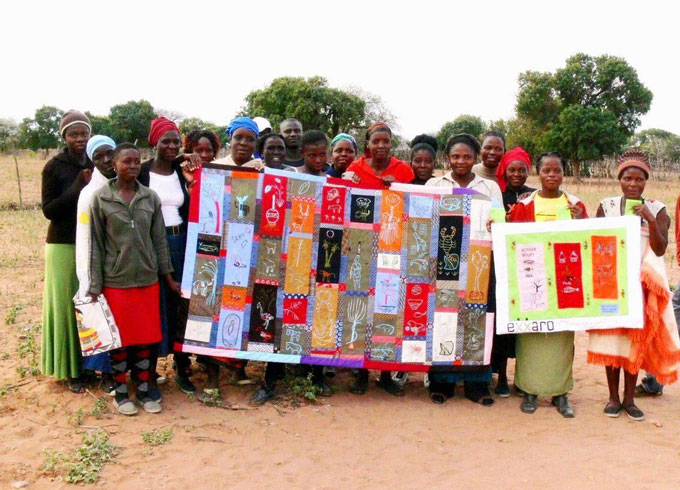
Zolair: creating disposable income
Zinc Air Fuel Cell and solar energy
SINOVOLTAICS:
You also use small solar modules that connect with the Zolair Pila systems. What do you use the solar modules for?
ROLF PAPSDORF:
Besides the Zinc Air Fuel Cells, each Zolair Pila system contains a small battery. This battery ensures that the internal electronics of the Pila system are always working. These electronics are important as each system is wirelessly communicating with the Service Center, and automatically sends out a notification when the Zinc cartridges need to be swapped. However, for the main source of power, the system relies on the Zinc Air Fuell Cell.
The larger solar panels (100W) are used in conjunction with Zolair’s fuel cells as well. In that case, the deep cycle battery is charged with the solar panels, which increases reliability and more cost-effective energy.
SINOVOLTAICS:
Thank you for this interview, Rolf! It’s great to see how a CEO with his heart in the right place is changing the way people receive their energy in the developing world.
ROLF PAPSDORF:
Thank you very much, too!

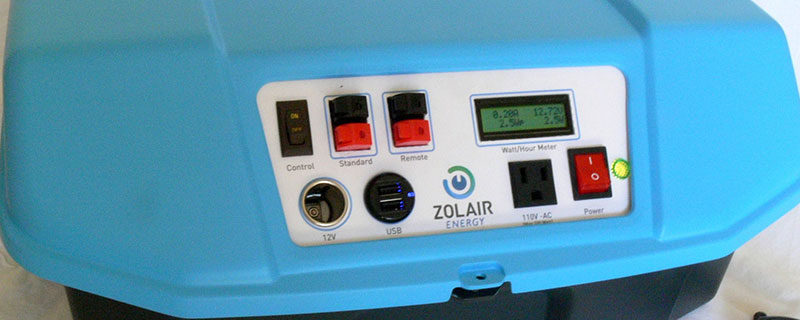

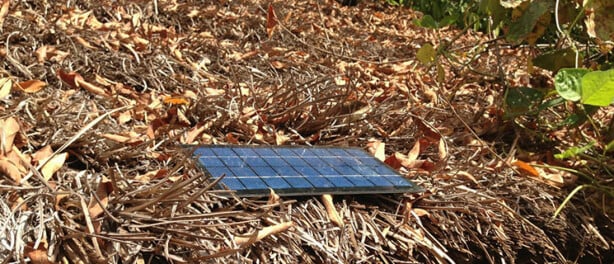
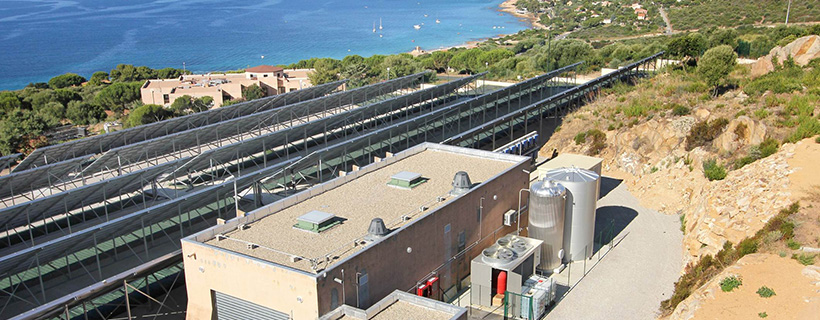
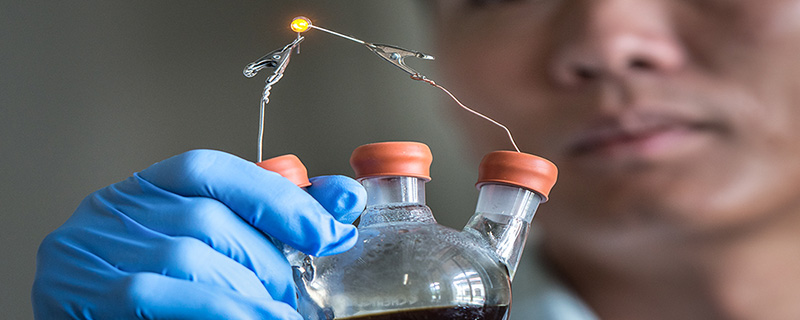
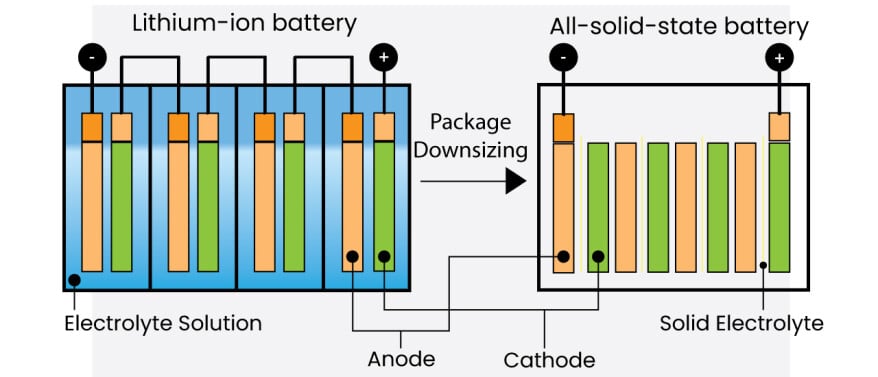
charged instantly
on 27 Oct 2019Jackson Wallace
on 19 Dec 2015Jackson Wallace
on 19 Dec 2015Brad Bedford
on 18 Dec 2015Dricus
on 17 Dec 2015Ranbir
on 17 Dec 2015Jackson Wallace
on 19 Dec 2015Rolf Papsdorf
on 21 Dec 2015M. Giang
on 17 Dec 2015Dricus
on 17 Dec 2015Arnold V.
on 17 Dec 2015Ranjan Dias Jayasinha
on 17 Dec 2015